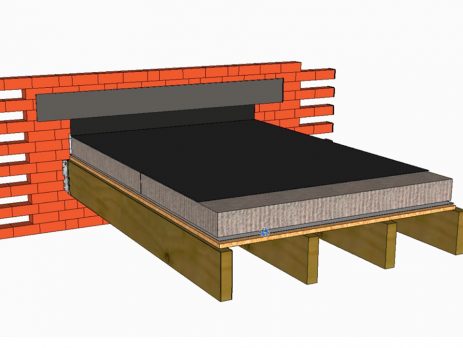What Is A Warm Flat Roof?
Warm roof construction is an efficient roofing method in which the insulation layer is installed on an Air and Vapour Control Layer (AVCL) over decking above the structural timbers of a roof. The key point to understand about this construction is that the AVCL is always fitted on what’s called the warm side of the roof, i.e., the underside of the insulation. Everything under the AVCL is warm because it’s shielded by the insulation from the cold outside. Not only that, everything under the AVCL is deemed to be internal and subject to internal temperature and humidity changes. What Is A Warm Flat Roof? The installation of a warm roof offers substantial thermal insulation benefits, contributing to a more consistent internal temperature throughout the property and potentially reducing heating costs. The method of construction is robust and straightforward. There are several advantages to opting for a warm flat roof. Economically, it can be more cost-effective, as the construction work is executed entirely above the roof joists, avoiding the need for more complex, invasive, and labour-intensive installation methods. The continuous layer of insulation also reduces thermal bridging, leading to a more energy-efficient building. Additionally, because all components are installed above the roof joists, [...]
